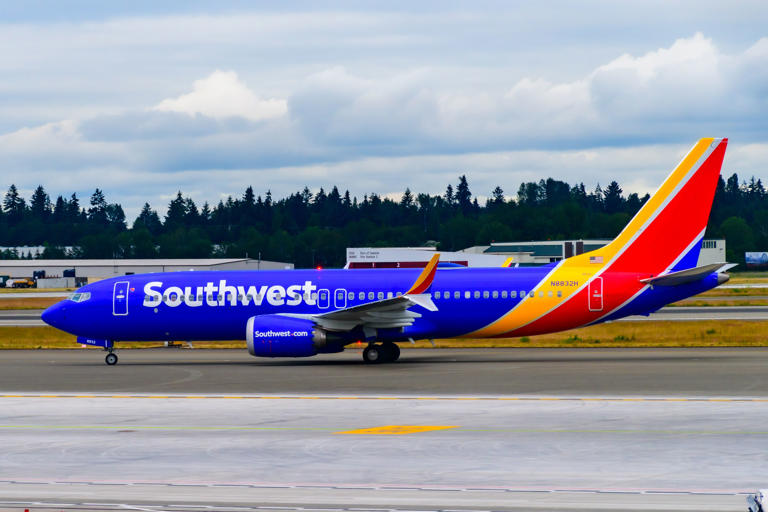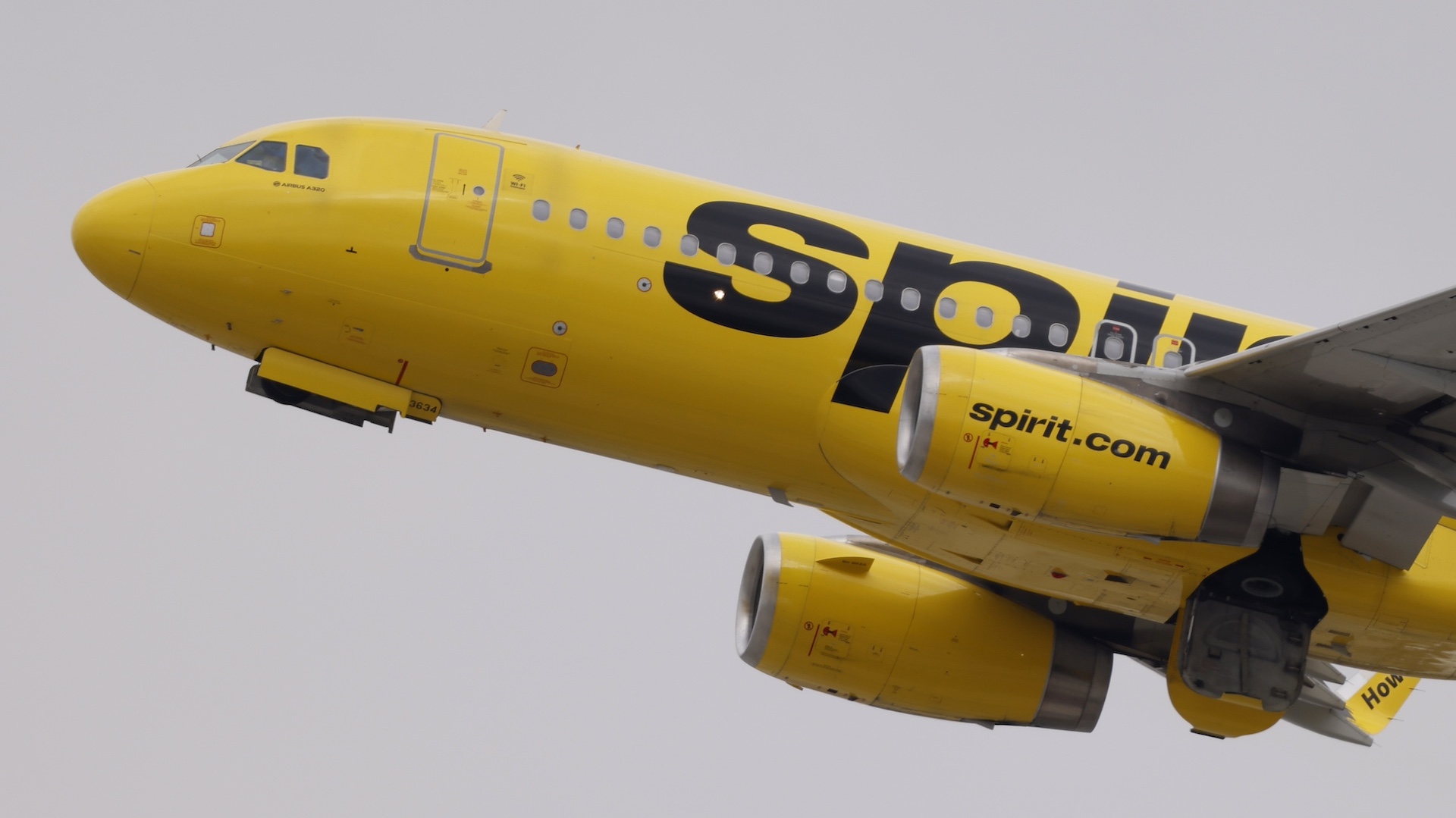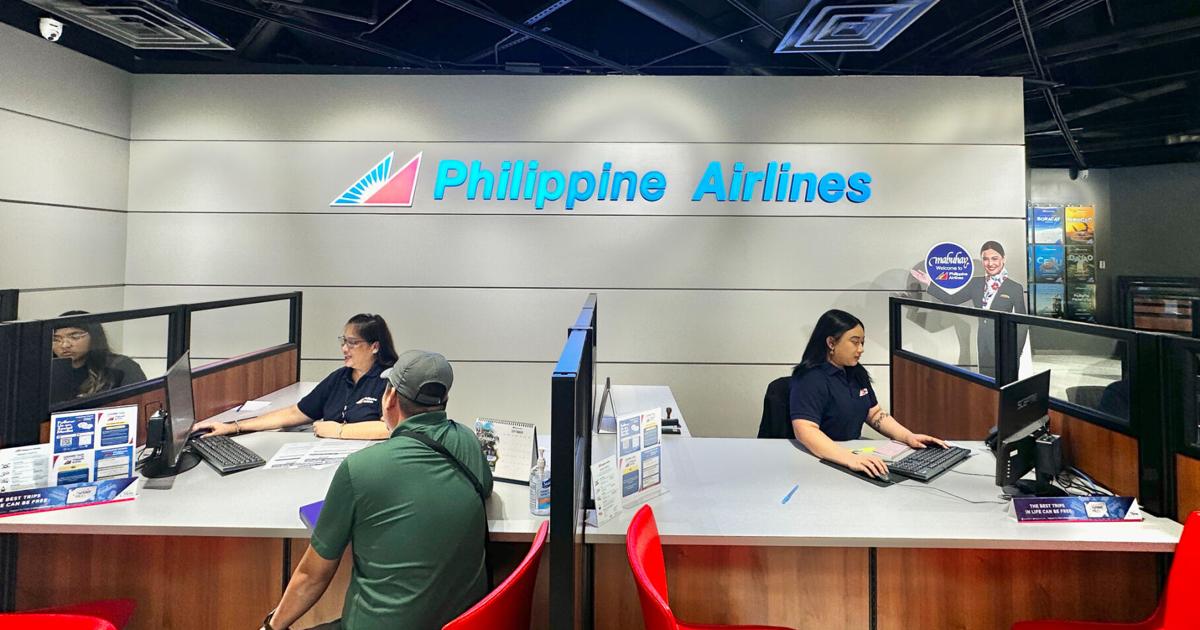A major system failure caused by a CrowdStrike software update has led to widespread disruptions in air travel across the United States. This glitch has not only halted flights but has also impacted other services, including mobile ordering at popular retailers like Starbucks. Amid the chaos, Southwest Airlines stands out for its resilience, continuing operations while others face significant setbacks.
Southwest Airlines Stays in the Air
Southwest Airlines has remarkably avoided the turmoil affecting other carriers. The secret behind this stability is the airline’s reliance on the outdated Windows 3.1 operating system, a relic from 1992. Alongside Windows 95, this old technology forms the backbone of Southwest’s operations. While such outdated systems have faced criticism, they’ve unexpectedly shielded Southwest from the current disruption caused by the CrowdStrike update.
Impact on Other Airlines
In contrast, major airlines such as Delta, American, Spirit, Frontier, United, and Allegiant have struggled with significant operational issues due to the software glitch. These airlines have experienced widespread cancellations and delays, highlighting the difficulties of modern systems in the face of unexpected failures. Southwest’s use of older technology has sparked discussions about the advantages and disadvantages of such systems in today’s tech-driven world.
The CrowdStrike update error has led to a severe disruption, forcing numerous airlines to ground flights and revert to manual check-in and boarding processes. This has resulted in substantial delays and passenger confusion. The Federal Aviation Administration (FAA) is actively working with affected airlines to manage the situation, although it has not been directly impacted by the outage.
Microsoft’s Role and Response
Microsoft, a key player in this crisis, has identified and resolved the root cause of the issue. However, restoring full functionality may take several days. Microsoft CEO Satya Nadella has publicly acknowledged the problem on X (formerly Twitter), reassuring that the company is collaborating with CrowdStrike and industry partners to provide support and restore systems.
The scale of this problem is underscored by Microsoft CEO Satya Nadella’s involvement. Such widespread impact is rare for Microsoft, which frequently experiences outages but usually does not prompt direct comments from top executives. This particular glitch has affected millions of servers worldwide, highlighting the severity of the situation.
The Irony of Older Systems
Interestingly, the use of older systems by Southwest and FedEx has helped them avoid the issues plaguing other airlines. While modern technology is typically seen as more reliable, in this case, the older systems have acted as a safeguard against the update error. This situation underscores the ironic advantage of outdated technology in preventing disruptions caused by newer systems.
Global Impact and Recovery
Millions of travelers worldwide are facing disruptions due to the system fault, with flights canceled or significantly delayed. The FAA is assisting affected airlines, but full recovery is expected to take days or longer. This event highlights the importance of having robust contingency plans and the unexpected reliability of older technologies.
Implications for the Future
This incident raises crucial questions about our reliance on modern technology and the vulnerabilities it can introduce. While system updates are designed to improve security and functionality, they can sometimes lead to extensive disruptions. The current situation emphasizes the need for careful management of technological advancements and the paradox of older systems providing stability during crises.



